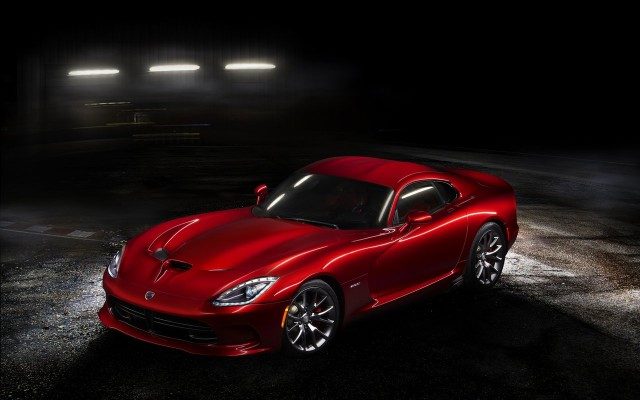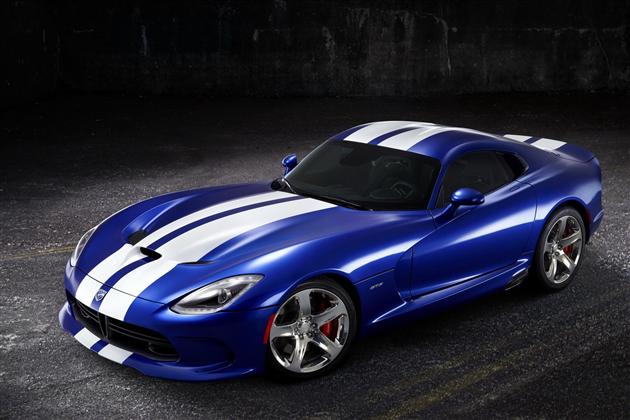- 7,719

- Heaven
Street and Racing Technology (SRT®) brand’s flagship performance machine returns with more power and performance, superior craftsmanship, new technologies and creature comforts
Dodge Viper 2013 Coupe



- Two new models include SRT® Viper and SRT Viper GTS
- All-aluminum, mid-engine 8.4-liter V-10 delivers an estimated 640 horsepower and 600 lb.-ft. of torque – the most torque of any naturally aspirated sports car engine in the world
- Chassis enhancements bring 50 percent improvement in torsional stiffness
- Triple-digit weight reduction results in Viper best power-to-weight ratio
- Standard safety features include electronic multistage stability control, traction control and new 4-channel anti-lock brake system (ABS)
- All-new, innovative interior designs set new standards with premium materials, new technologies and superior craftsmanship
- All-new carbon-fiber and aluminum skin is sculpted for high-speed stability and a slippery .364 drag coefficient (Cd)
- Timeless exterior design incorporates iconic Viper styling cues with a contemporary execution
Dodge Viper 2013 Coupe


Last edited:

 I wonder what it shall look like. I just hope they don't give it taillights like the latest Charger.
I wonder what it shall look like. I just hope they don't give it taillights like the latest Charger.  It's cool and all, but seen on a Viper.
It's cool and all, but seen on a Viper.  I wonder what SRT will make out of it though... I'll definitely be watching the "car news" around April!
I wonder what SRT will make out of it though... I'll definitely be watching the "car news" around April!

 great example!
great example! , technology does work. Again, I don't see how increasing displacement, decreasing efficiency and increasing mass, would seem a good idea.
, technology does work. Again, I don't see how increasing displacement, decreasing efficiency and increasing mass, would seem a good idea.